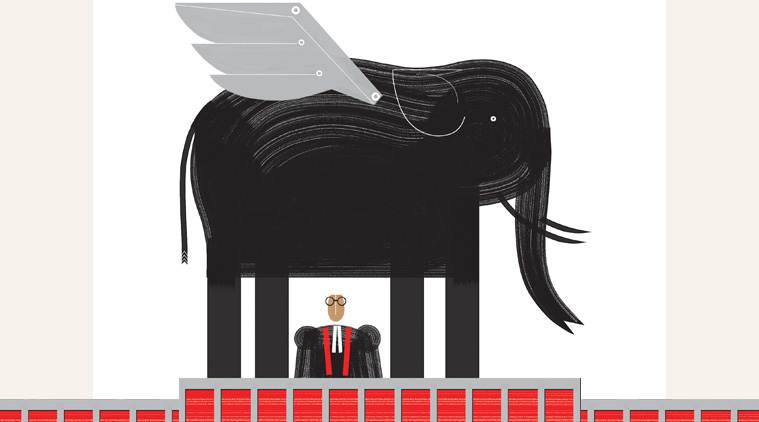On Rafale, facts a casualty
Supreme Court judgment has not settled the issue. In fact, it has raised more questions than it has answered.

Within the limited contours of its jurisdiction under Article 32 of the Constitution, the Supreme Court chose not to question the purchase of 36 Rafale fighter aircraft. Defence procurements, according to the Court, impacting India’s security interests, unlike other contracts, require a somewhat different standard of scrutiny. Within the contours of that standard, the Supreme Court was broadly satisfied with the government’s position.
There are several undisputed facts in the public domain, which make the Rafale purchases highly suspect. Let me state some of them. On March 13, 2015, Dassault and Hindustan Aeronautics Ltd. (HAL) finalised the work-share contract thereby signalling that the deal was through. On March 25, 2015, Dassault CEO, Eric Trappier was in Bengaluru with the chairman, HAL and Chief of Air Staff ready to take the contract forward. In a press conference in France wherein our ambassador was present, Trappier stated that 95 per cent of the deal had been finalised and the balance 5 per cent would follow soon.
These facts militate against the Court’s opinion that problems between Dassault and HAL led to the prime minister’s decision on April 10, 2015 when he announced the purchase of 36 Rafale off the shelf. The chairman of HAL has publicly stated that there was no impediment in the deal between Dassault and HAL, and that the notings on the file, if made public, would clarify all issues. It is also a matter of public record that the sub-stratum of the contract had been modified from a private arrangement to an Inter-Governmental Agreement (IGA). Under the guidelines, before entering into an IGA, its terms and conditions would have to be negotiated through a Contract Negotiating Committee and the Price Negotiating Committee, after which it required clearance from the Defence Advisory Council. Thereafter, it had to be approved by the Cabinet Committee on Security. None of this happened on April 10, 2015 when the prime minister made the public announcement.
Supreme Court judgment has not settled the issue. In fact, it has raised more questions than it has answeredminister’s announcement. The Court erroneously came to the conclusion that Reliance was in negotiation since 2012 not realising that at that time Reliance Industries wished to diversify its operations from gas exploration to manufacturing the wings of the Falcon aircraft — a project which was given up, and had nothing to do with RDL. Another matter in the public domain is that Reliance Aerostructure Ltd. (RAL), the joint venture partner of Dassault was incorporated on April 24, 2015. Trappier publicly stated that this joint venture was entered into in April, 2015. Obviously, the venture must have been put in place between April 25 and April 30. RAL, upon incorporation, had no assets, no capital, no experience and no land. Why would Dassault, within five days of incorporation of RAL, agree to a joint venture unless it was pre-meditated and concluded under instructions?






































No hay comentarios:
Publicar un comentario